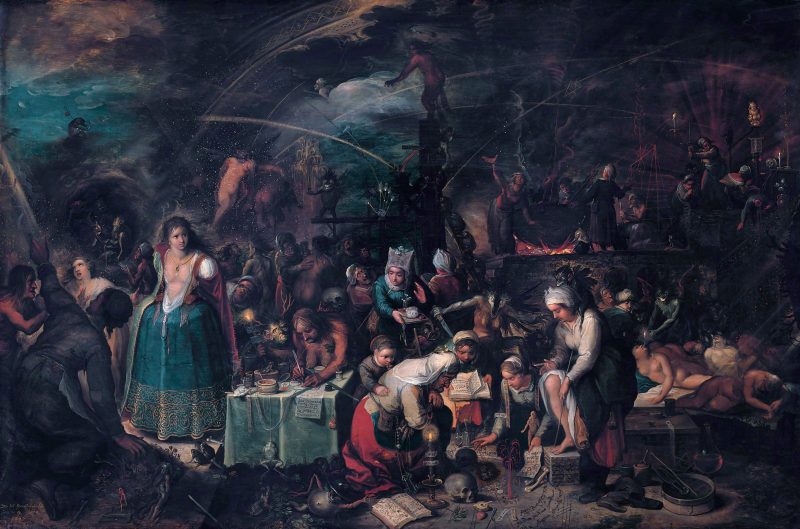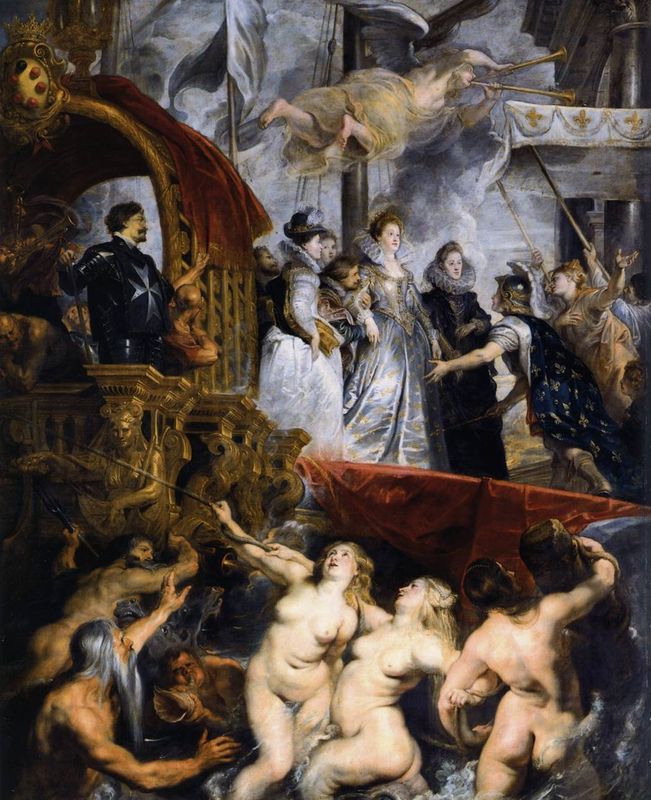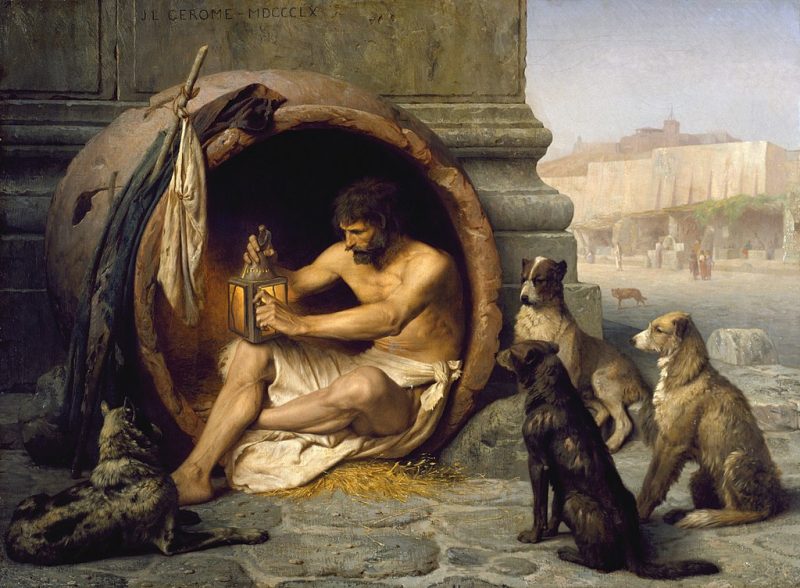The monumental painting is split into three parts: on the left we see a group of poor people, a still life on the floor, a mannequin in a crucifixion pose over a momento mori, and a thinly-disguised portrait of Napoleon III. Of this grouping Courbet wrote “This is the other world of ordinary life, the people, misery, poverty, riches, the exploited, the exploiters, those who live on death.”
On the right side we see writers like Proudhon and Baudelaire, and Courbet’s patron Alfred Bruyas. Of this group Courbet writes “These are all the shareholders, that is, friends, workers, and art lovers.” In the middle we see Courbet painting a landscape while a nude watches over his shoulder; she represents academic painting, the message being that Courbet has no interest in her.
The painting was not accepted into the Exposition Universelle in 1855, so Courbet decided to hold his own exhibition nearby. His show was a forerunner to the famed Salon des Refusés that started a few years later.





2 Comments
hello, good afternoon/evening! Well, i´m just here to thanks because your interpretation and explanation about the allegoric part of the picture! I was doing a course and this page helped me a lot! thanks again and continue with the good work
graciously by a brazillian student! 🙂
Thanks for your feedback Kallil! I’m glad to be of help.